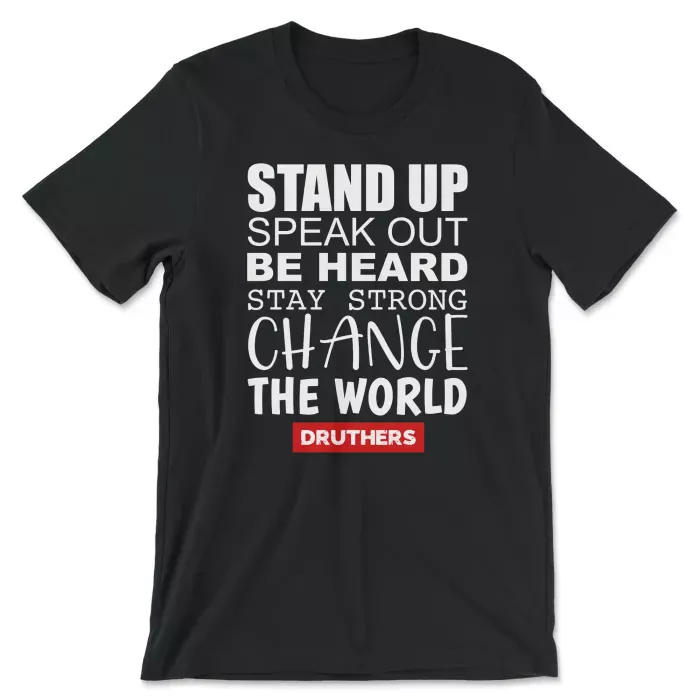Forest of the Fallen
By T. Harrison
“Pop-up” is a term you may associate with markets, dances, or art installations. Imagine a pop-up that is a caring memorial to your fellow citizens who have been injured or killed.
Such events are being created in many parts of Australia and were originally the brainchild of one woman who wanted to do something to reach the public with a message that was otherwise censored. The pop-up displays, named Forest of the Fallen, bear silent witness to those killed or injured by genetic vaccines. Each laminated sheet, swaying gently on bamboo stakes, holds the photo and particulars of one individual missing in public discourse.
The Forest of the Fallen website stresses that these displays are not meant as a protest or a database and do not have a political association or an “anti-vax” message. They are simply a way to compassionately honour some people’s experiences.
Don’t lose touch with uncensored news! Join our mailing list today.
In the words of journalist Alison Bevege, who writes the Substack blog Letters From Australia, “The power is in the silence and space. Letting people discover the stories for themselves, without anybody telling them what to think or how to feel.”
Strolling through a park, along a sandy beach, or on a city street, Australians may now chance upon a temporary pop-up display that asks them to linger, read, look into the eyes of their fellow citizens, and consider. Volunteers at the sites have found that this sometimes elicits a sharing of similar stories, as people who may be silenced in other social spaces feel encouraged and empowered to speak of their own hidden experiences.
Selkie, the woman who started this movement, created a PDF containing stories of vaccine deaths and injuries that were in the public domain and researched information about the individuals. Then, she made a website and invited volunteers to contact her.
Those interested could print out the PDF, one sheet per person to be included in the memorial. Once laminated, the sheets could be mounted on 1.5-metre bamboo stakes (think gardening supplies), and then the stakes could be pushed into sand or soil: a street-side boulevard of grass or plants, alongside a trail, in a grove of trees.
Anywhere a temporary Forest of the Fallen pops up for a few hours, it fosters communication and shows solidarity with isolated or bereaved people.
At the time of writing, this movement has become widespread in Australia, thanks to many volunteers, but hasn’t so far reached other countries. Yet, this simple and peaceful movement, according to Alison Bevege, “… helps raise awareness of the scale of the problem.” A forest of placards in a public space is a visible token of all that has been censored, unspoken, and hidden. In an important interview with Dr. John Campbell of the UK, she explained that Twitter and Facebook both took down support groups created for the vaccine injured.
Now on Instagram, with videos on Odysee and its own website, Forest of the Fallen celebrates ordinary citizens volunteering their time to raise awareness of the true scale of an international issue. “You can do this too,” declares Letters to Australia. So, would you like to bring the Forest to Canada?
This might be your chance to peacefully and compassionately raise awareness. To begin the process, find the Forest’s website and contact Selkie for a booklet about how this movement can be reproduced internationally.
Sources:














